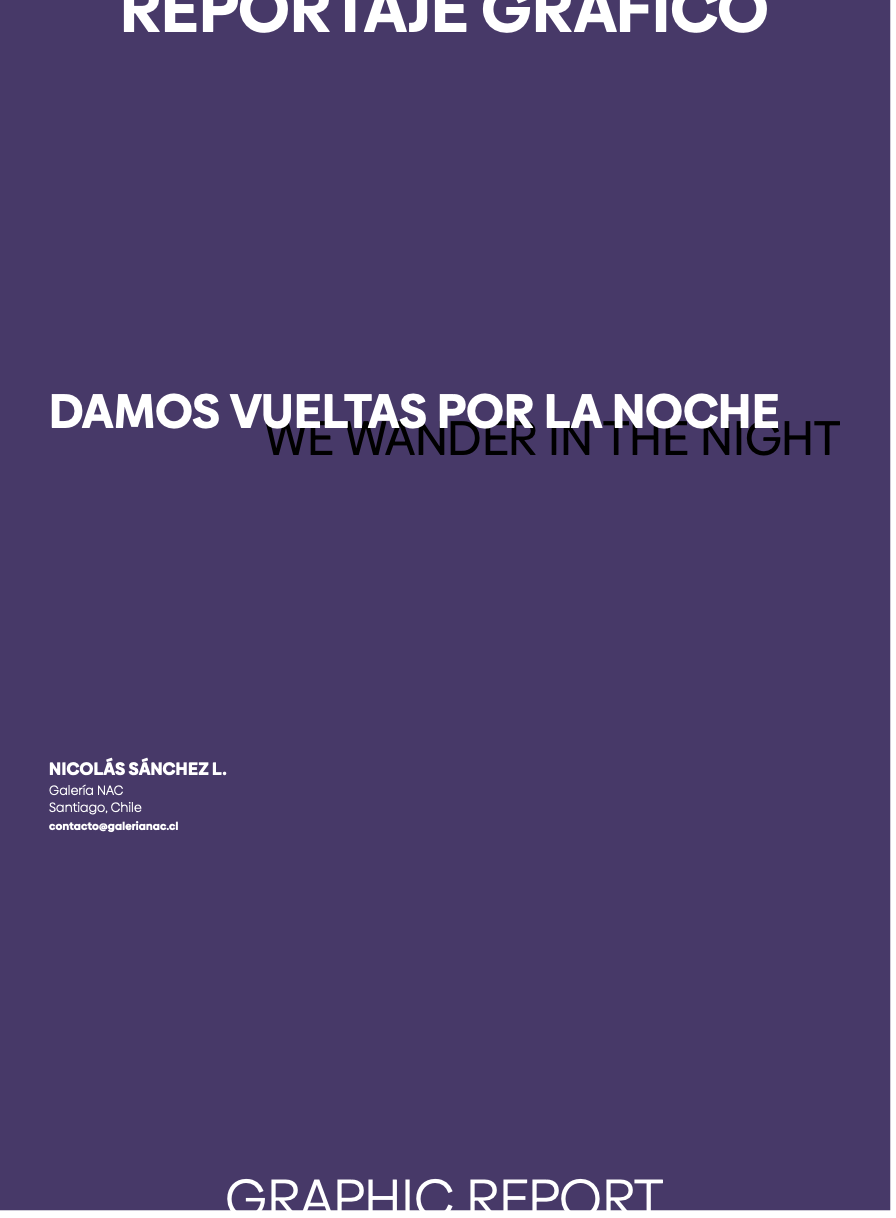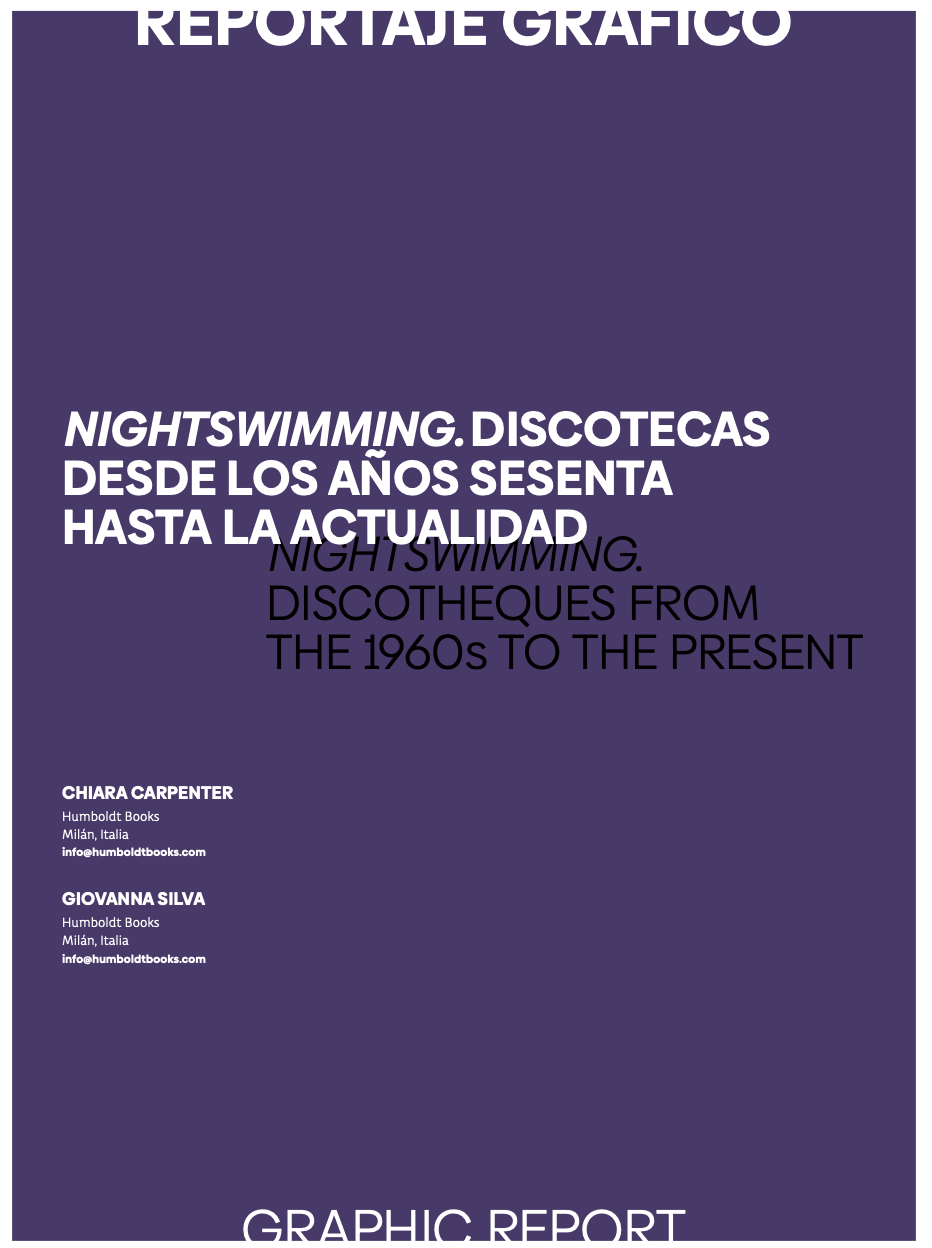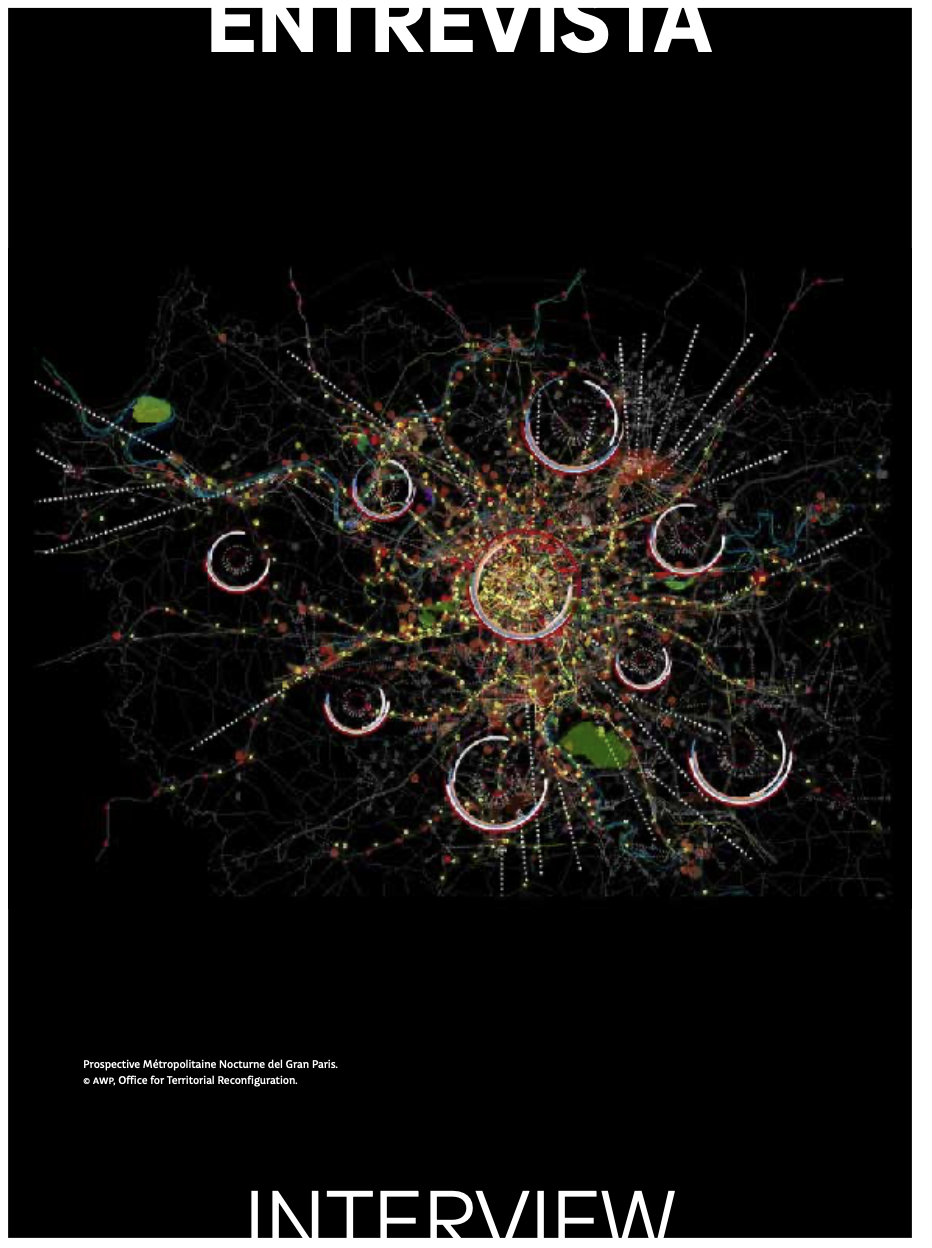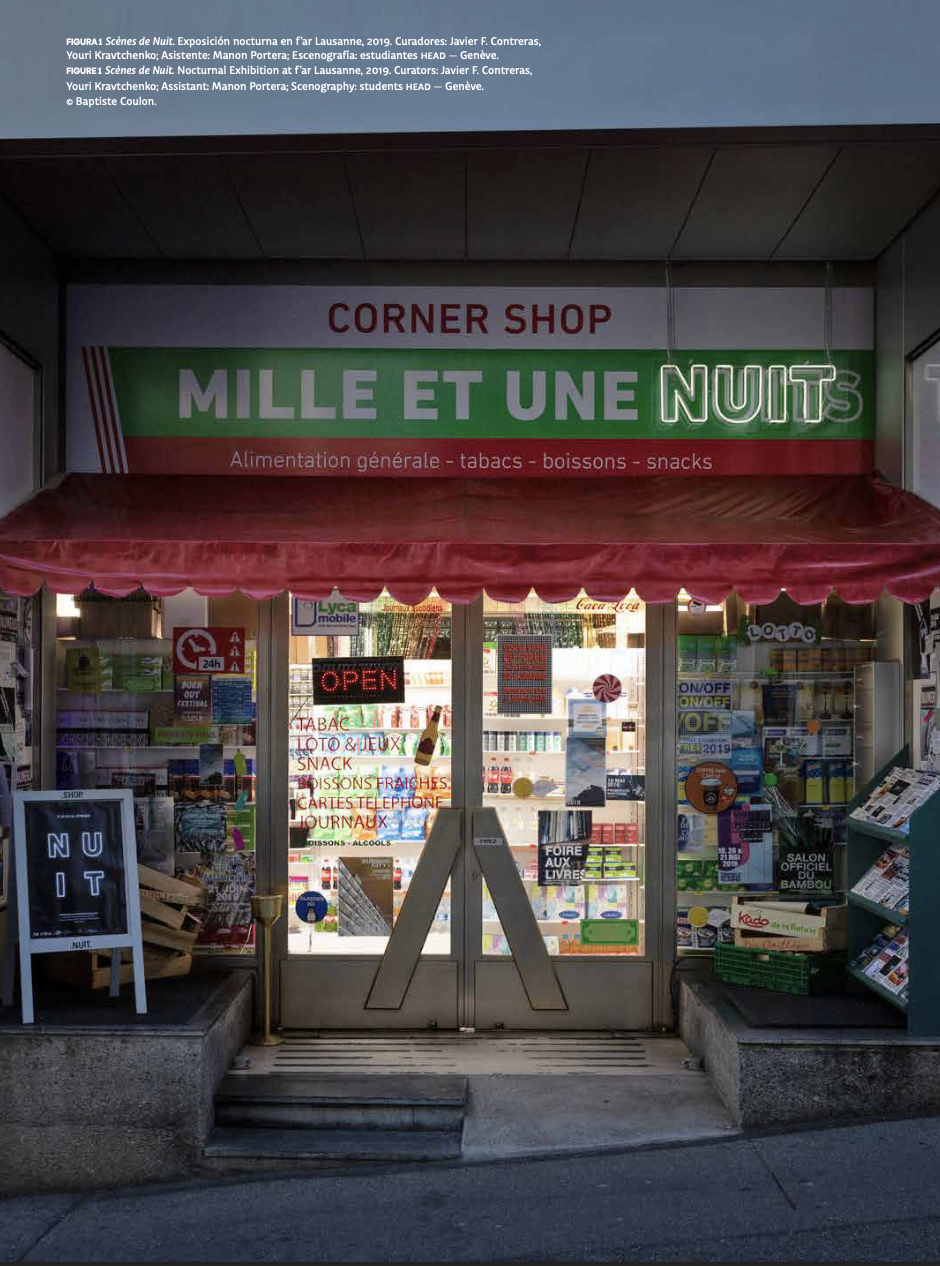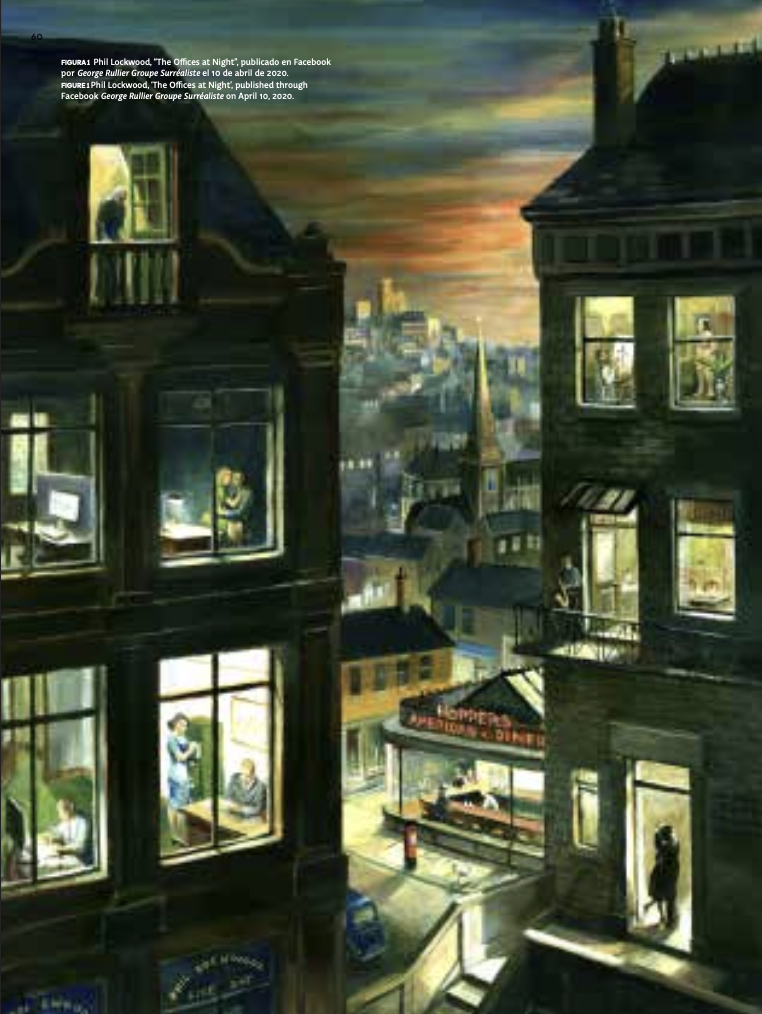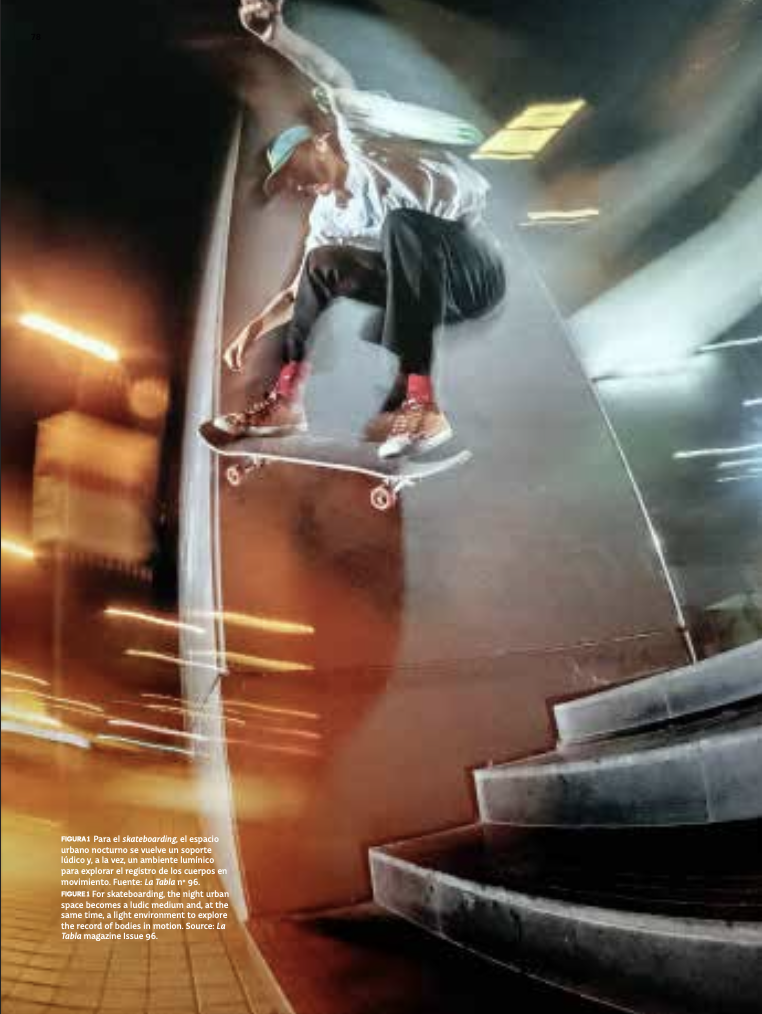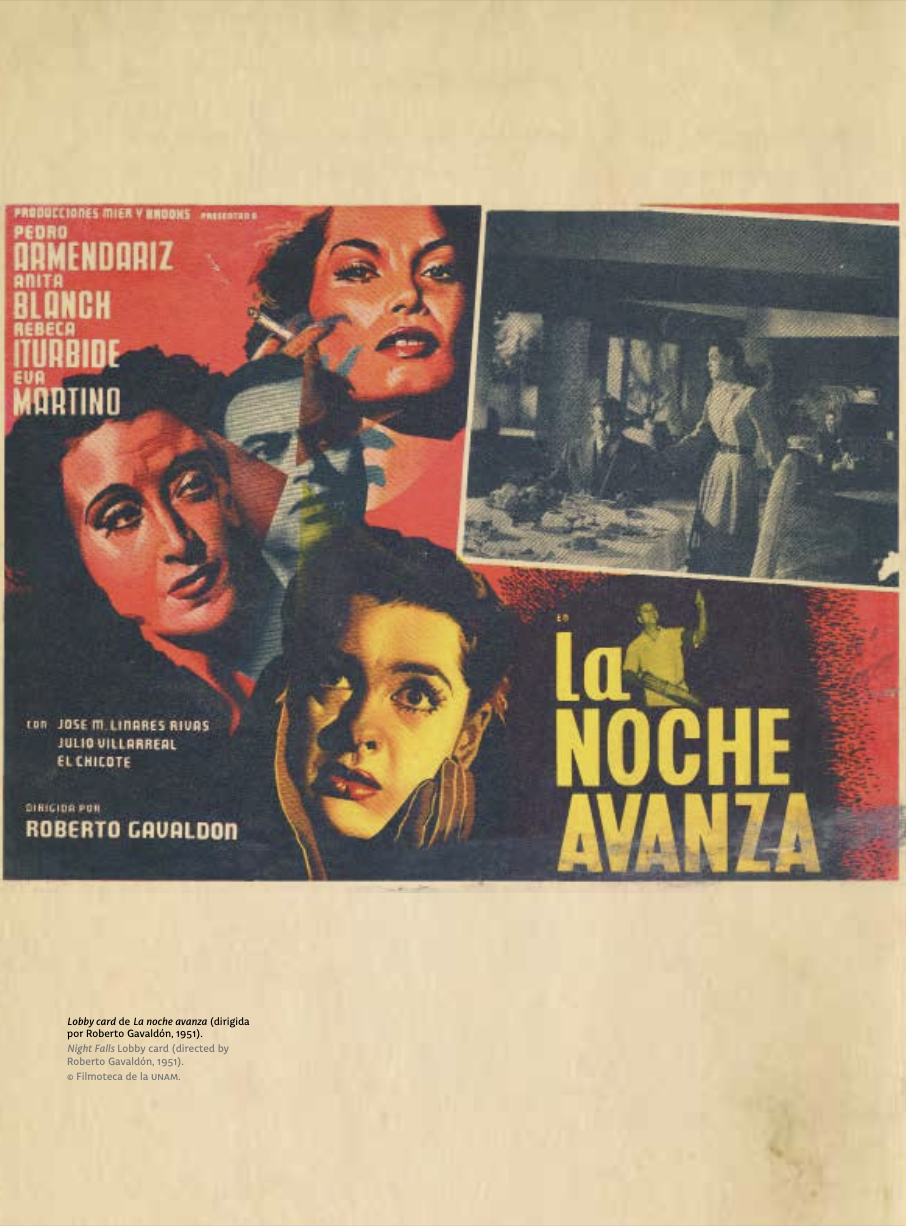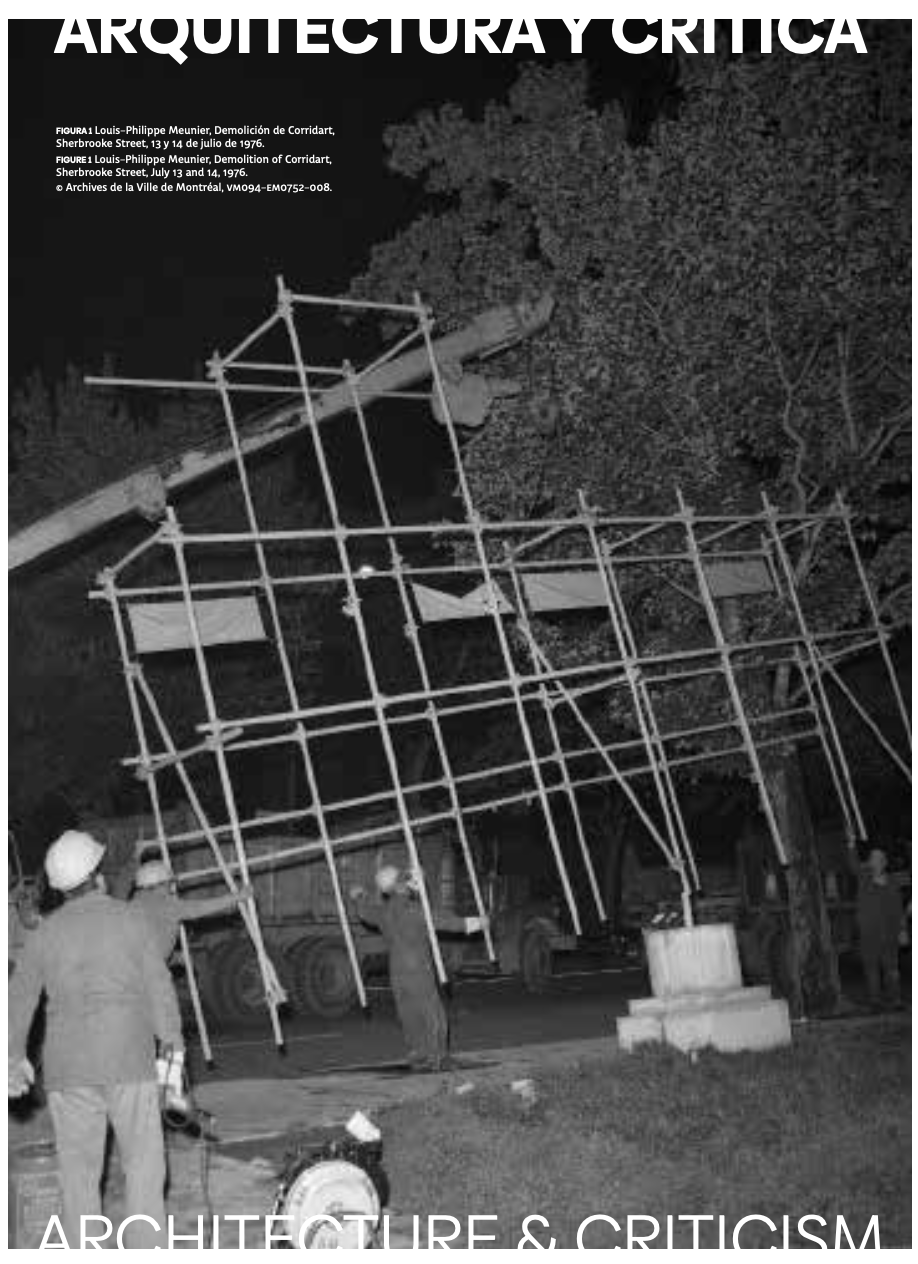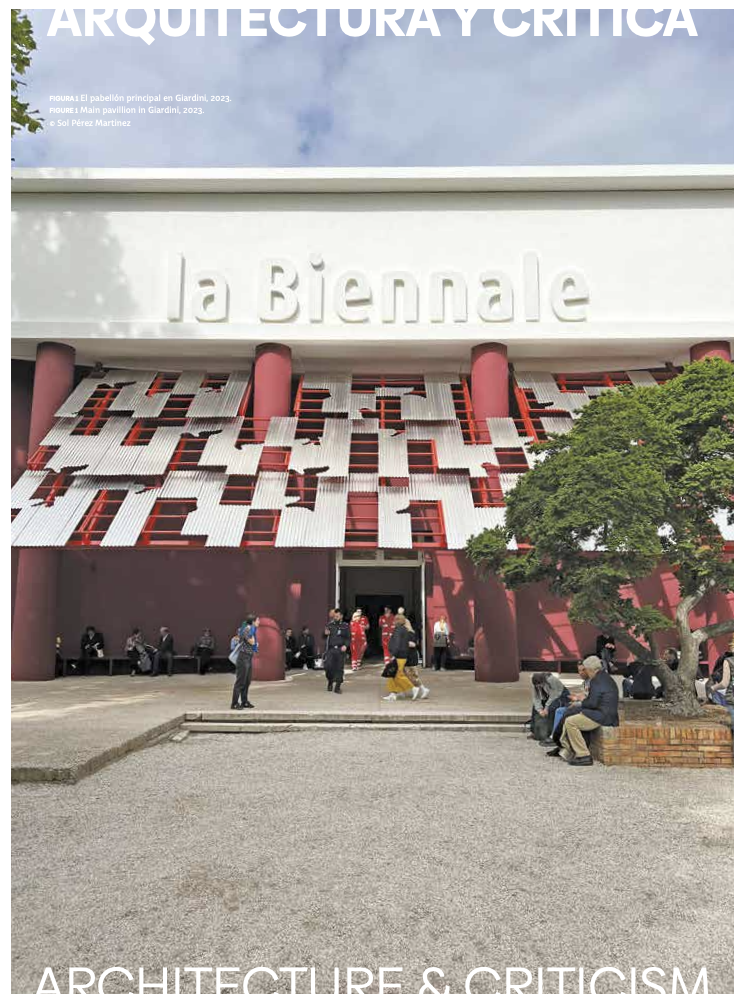
Esta edición de Materia Arquitectura explora la vida nocturna en el entorno urbano, invitándonos a repensar los espacios construidos en un contexto más amplio: desde su gobernanza y la temporalidad hasta el placer, la intimidad y la diversidad colectiva. Para DAVID CARALT, el editor invitado de este número, la ciudad nocturna es un territorio de liberación, extrañeza y conflicto, un universo de emociones y transgresiones. Entrevistado en esta entrega, MARC ARMENGAUD señala que la noche está siempre rodeada de ambigüedad. Para él, la noche convierte a la arquitectura en un medio para escenificar el vacío, las relaciones o el clima. ROBERTO ZANCAN y JAVIER FERNÁNDEZ CONTRERAS dan cuenta de Scènes de Nuit, un proyecto de investigación sobre el rol de la noche en la configuración de las ciudades y las sociedades contemporáneas que propone una epistemología nocturna de la arquitectura. A su vez, CARLO DEREGIBUS explora el habitus de la intimidad en el contexto urbano, planteando que, durante la noche, las ventanas se constituyen en los auténticos umbrales entre lo público y lo privado. Por su parte, CHRISTIAN SAAVEDRA indaga en la ciudad nocturna lúdica, específicamente en la práctica del skateboarding para comprender cómo la noche transforma la ciudad en un escenario propicio para el surgimiento de espacios públicos alternativos. A partir de la película La noche avanza, GEORGINA CEBEY analiza la noche como una instancia que conforma imaginarios urbanos, problematizando las relaciones entre la oscuridad, la ciudad y los sujetos en el contexto de la modernidad mexicana. Enfatizando la importancia de los estudios nocturnos en la investigación académica, las políticas públicas y el activismo, CRISTINA CONTANDRIOPOULOS y VALERIA TÉLLEZ NIEMEYER discuten acerca de “Montreal by Night”, un seminario enfocado en la tensión existente entre las imágenes oficiales de la ciudad y sus actividades nocturnas. La reciente Bienal de Arquitectura de Venecia es materia de la crítica que ofrece SOL PÉREZ MARTÍNEZ, quien la destaca como un punto de partida para un proceso colectivo de destape, rastreo y especulación sobre un futuro más comprometido con la justicia racial y ambiental. En uno de los reportajes gráficos de este número, NICOLÁS SÁNCHEZ presenta imágenes que evocan una mezcla fascinante de terror y atracción a lo incierto, lo difuso y lo incompleto; en el otro, CHIARA CARPENTER y GIOVANNA SILVA nos sumerge en Nightswimming, una historia de las discotecas, contada a través de los espacios que ocupan.
Editor invitado David Caralt
DOI: https://doi.org/10.56255/ma.vi24
Publicado: 2023-08-31
